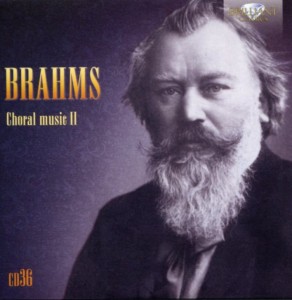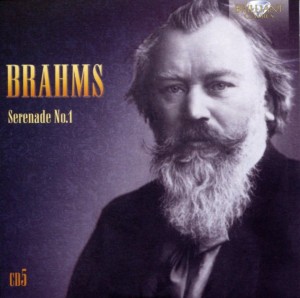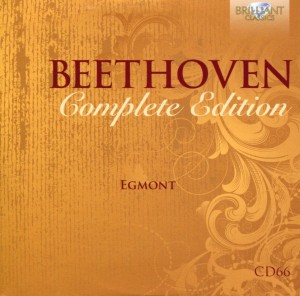 Beautiful music. Stirring. Moving.
Beautiful music. Stirring. Moving.
But then the voices enter.
And the spell is broken.
Nearly.
The power of the choir in the first piece (Gesang der Parzen) is overwhelming. A very nice chorus, especially the female voices. Stirring.
The Composition:
Gesang der Parzen Op. 89
The Performers:
Danish National Choir/DR
Danish National Symphony Orchestra
Gerd Albrecht conductor
The Composition:
Rhapsodie Op. 53
Interesting opening. Ominous.
I’ve never been a fan of the alto vocal range. Annelies’ performance doesn’t change my mind any.
The Performers:
Annelies Burmeister alto
Males chorus of the Rundfunkchor Leipzig chorus master Horst Neumann
Rundfunk-Sinfonieorchester Leipzig
Heinz Bongartz conductor
The Composition:
Rinaldo Op. 50 Cantata for tenor solo, male chorus & orchestra
The tenor vocal range, on the other hand, is my sweet spot. It’s my favorite vocal range. And Joachim Kerol sounds like a very fine tenor. Tremendous power. Really belts out the words. Love this composition!
The Performers:
Joachim Kerol tenor
New Paris Symphony Association Chorus – Orchestre Pasdeloup
Rene Leibowitz conductor
I’m sorry. Despite my better judgment, I’m going to have to award this a Favorite Brahms composition. The combination of Joachim’s vocal power and Brahms’ often stirring music (performed beautifully by the New Paris Symphony Association – Orchestre Pasdeloup) wins me over.


